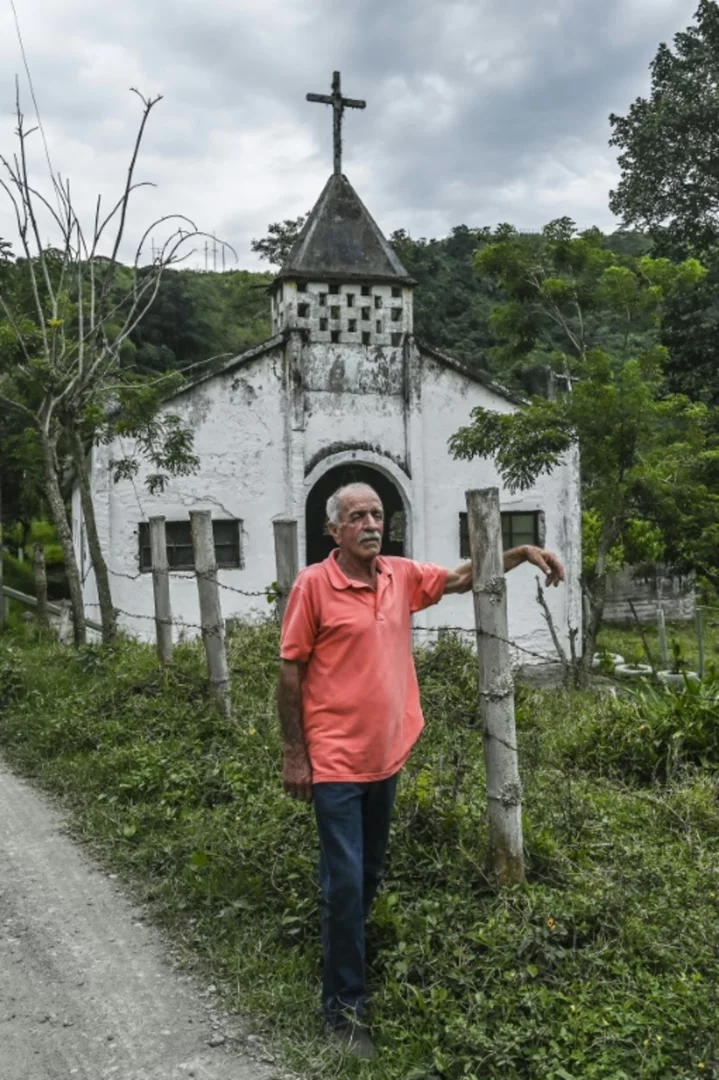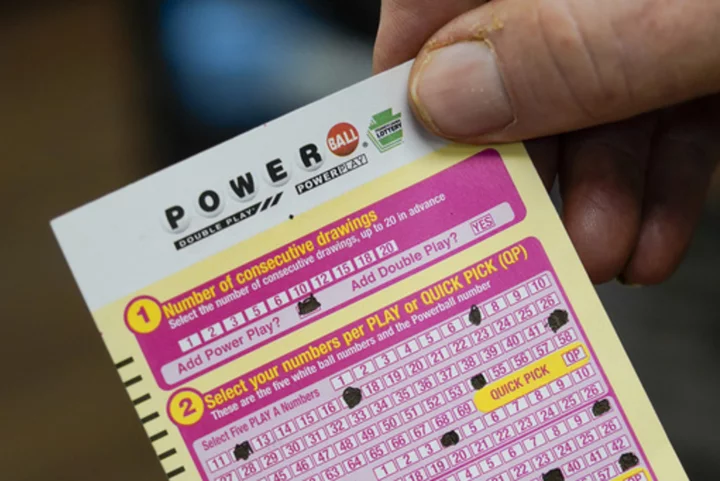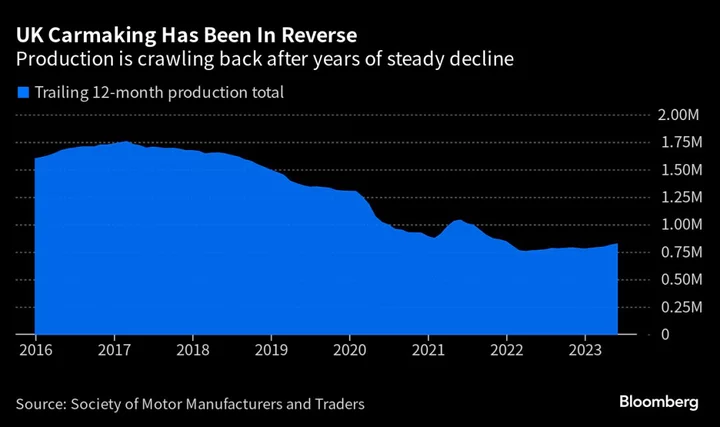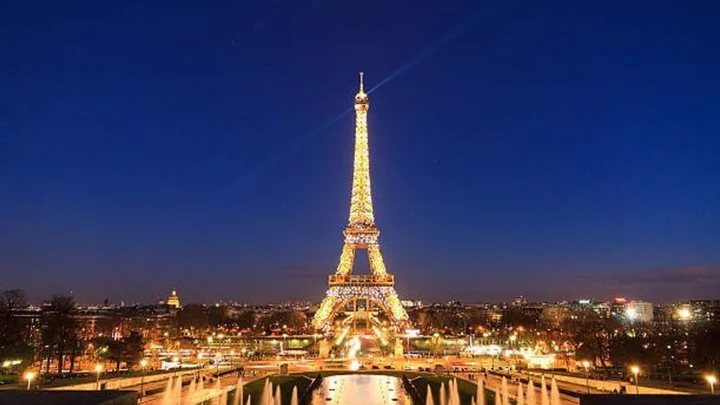Screams, dismembered bodies among the thousands dead, and his town buried in mud. Survivor William Suarez remembers the horror of Colombia's Nevado del Ruiz volcanic eruption of 1985, but he dismisses authorities' latest warnings of a repeat.
"I just don't believe that" threat alert, the 73-year-old with a gray mustache scoffed recently when asked about the underlying risk of another eruption.
Like him, many of the 57,000 residents who live in the danger zone surrounding the Andes volcano refuse to evacuate despite the government's request and an orange alert that has been in force since March.
That's when the recorded seismic tremors inside the crater soared, from 50 per day to 12,000.
Still, Suarez stubbornly believes the more than 5,300-meter (17,400-foot) colossus that elders call "sleeping lion" -- and which lies within the Pacific Ring of Fire that contains many of the world's most active volcanoes -- will not erupt again for "about 50 years" or so.
Authorities fear a major Nevado del Ruiz eruption could cause the kind of devastation that shattered the area back in 1985.
In a matter of hours, an expulsion of lava melted part of the volcano's snowcap, creating raging torrents of mud, ash and rocks that streamed down the mountainside and buried the town of Armero. Some 25,000 people were killed in the worst natural disaster in the country's modern history.
Still, practical matters weigh on the choices facing farmers, who must decide whether to stay put and tend to their crops and pack animals, or heed the evacuation call and abandon their livelihoods.
Suarez is a farmer from Viejo Rio Claro, a riverside village nestled between mountains and belonging to the town of Villamaria, one of the areas declared to be at high risk.
Almost four decades on, he recalls when the volcano roared to life with catastrophic consequences.
"High up there you could see it belching fire, like the color of bricks, and the earth was shaking," Suarez told AFP of that November 13 night. "People started screaming and running on the road."
The next day "there were pieces of hands, arms, half bodies, decapitated heads," he said, standing next to the church that remains intact.
- 'Astonishment' -
Over the past several days, in Villamaria and the neighboring city of Manizales, an unusual stench has been noticed by many.
According to the Geological Service (SGC) it could be due to the dispersion of a high concentration of sulfur dioxide, combined with "ash components" and moisture.
From Manizales, thick clouds can be seen around the snow-capped mountain, which according to Castano concentrate gases, water vapor and ash from the crater.
The SGC has warned that settlements on the banks of the rivers near the volcano suffer a high risk from potential flows of sediments, mud and volcanic debris.
Yet locals in Viejo Rio Claro feel prepared in the event of an emergency.
Jose Jaramillo, 71, said he is relying on training he received as a first responder and firefighter in the event of an eruption.
"(We are) eager for the event to happen so we can end this anxiety... and put into practice everything we've learned," says Jaramillo, who arrived in the town after the 1985 eruption.
Felix Giraldo, head of risk management for the area, estimates that in the rural confines of Villamaría there are some 1,200 families at risk from a new eruption.
While tensions may have eased in the weeks since the government issued its orange alert, Giraldo insists the threat remains real.
"We cannot let our guard down," he said.
pam/mdl/mlm









